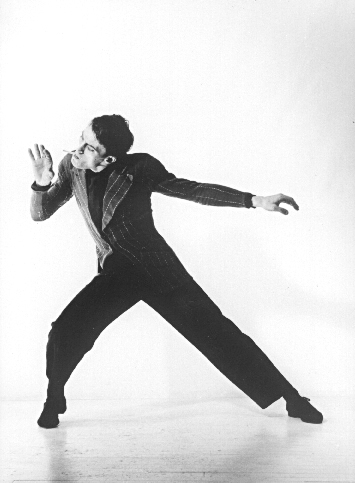Next week we are off to Scotland for a well earned holiday. We’ll go by boat and bicycle, which means that we some tough choices must be made. For example: how many books can my stamina endure on a highland hill? For the moment not too much, I suppose. But then, it can rain a fair amount for a long time in Scotland, so one has to be prepared for the worst. As tablets or e-readers are not upon my sleaves currently – I rather enjoy the smell of paper and the feeling of a solid bookcover in my hand – as a biker, it does in a way limit my reading ambitions. On the other hand: you can’t read half a library while sporting you daily miles in the saddle, even when it rains for a couple of hours every now and then.
Therefor, I consciously selected some tough road companions. Not the usual riffraff, easy reading stuff – I’d rather buy some railway novel for that purpose, Dahl’s stories and the like – but the more sticky stuff, slow reading, brain gymnastics of the proper sort. To begin with, I chose the all time classic ‘La Contredanse, un tournant dan l’histoire française de la danse’ by Jean-Michel Guilcher. I thoroughly read the original version about a decade ago, but meanwhile a new and revised edition saw the light, which I was lucky to come by in Paris last year visiting the Cité de la Musique.
Beside that I absolutely longed to re-read Stendhal’s ‘Le Rouge et le Noir’ – one of my favorite authors of all times. Last two years I indulgently plowed through his diaries which proved to be a bless and chastidy alike. Providing a few of the best written eyewitnesses on theater and entertainment business in the ‘Empire era’ in Paris ever and a rare astoundingly intimate insight in the sexual habits of the time.
But for the third book I remain in doubt. Recently I bought ‘Fabriques de Danse’ by Simon Hecquet en Sabine Prokhoris, about the evolution of dance notation through the ages. A subject I know little of until now. But then I doubt. Active, performing dancers rarely make good authors on dance history. Let aside that they would possess a broad historical prospective on the subject they are so closely connected to. Mostly dancers with a background in modern dancing or ballet struggle a good deal to step out from their daily experience and put on another thinking cap when writing about dancing in the past.
Which can be quite annoying because in the worst case, the nuance is lost and things tend to end up whether black or white. Ideally one is in the position in between the one of the dance historian (loving dance or to dance him- or herself) and an interested professional dance performer. We could in a way learn a lot from each other. In my opinion Ivor Guest is one of the great examples of someone combining a brilliant historical prospective and an extensive knowledge of ballet technique. Then he is of course married to a ballerina, (the fantastic Ann Hutchinson Guest), who is fascinated by dance history. I would perhaps better acquire a copy of her ‘Choreographics: A Comparison Of Dance Notation Systems From The Fifteenth Century To The Present’. If I only knew how to come by one. If anybody could lend me a copy, I would greatly appreciate the gesture. I would, of course, copy it before taking it on my journey not to damage the original. All ideas are welcome.
Source Photo: http://www.nagrin.com/gallery/index.html

